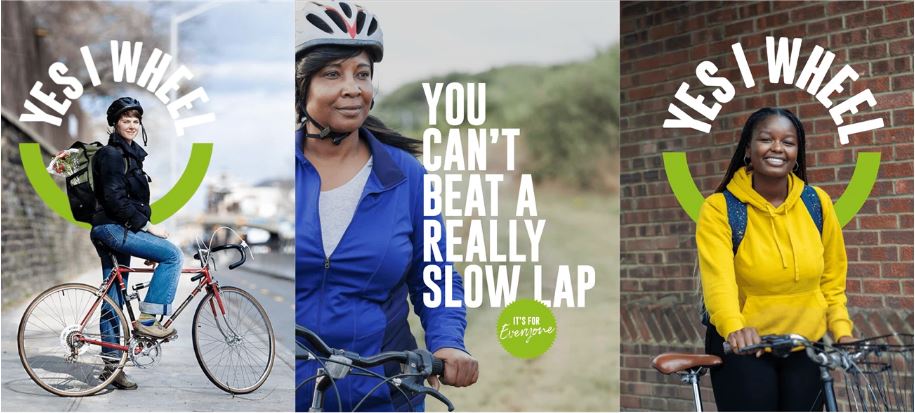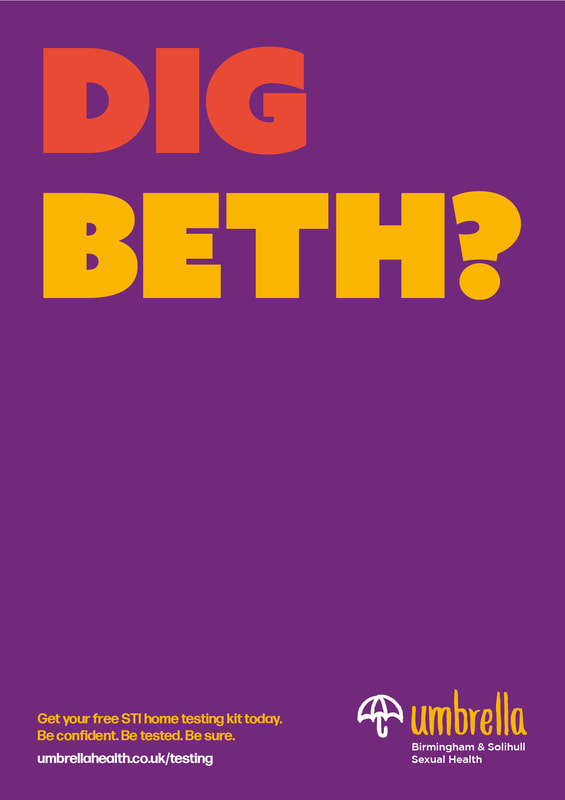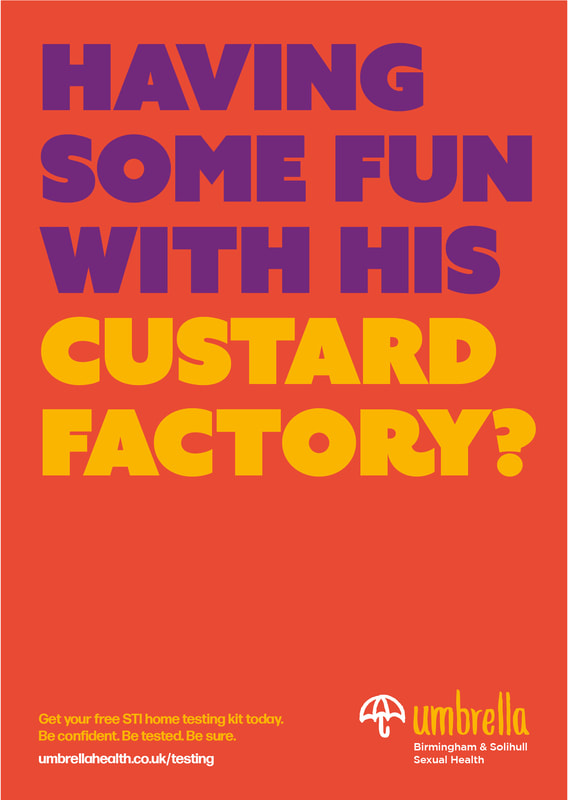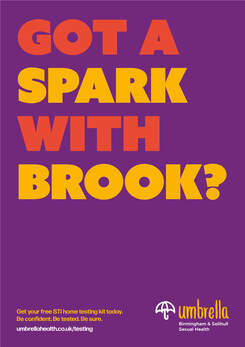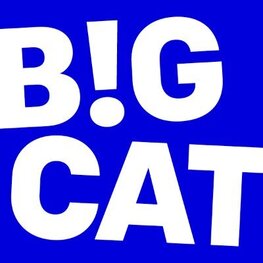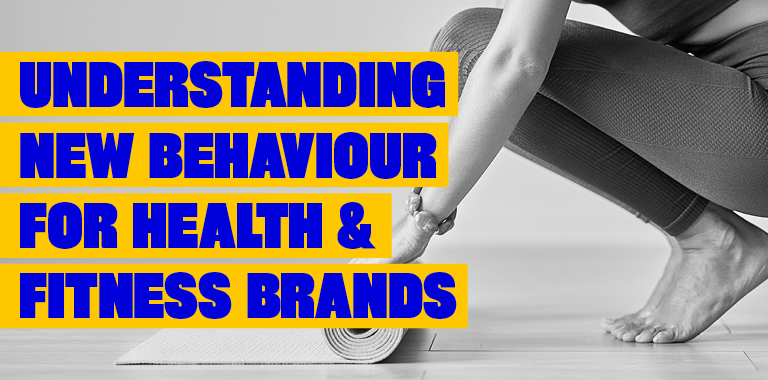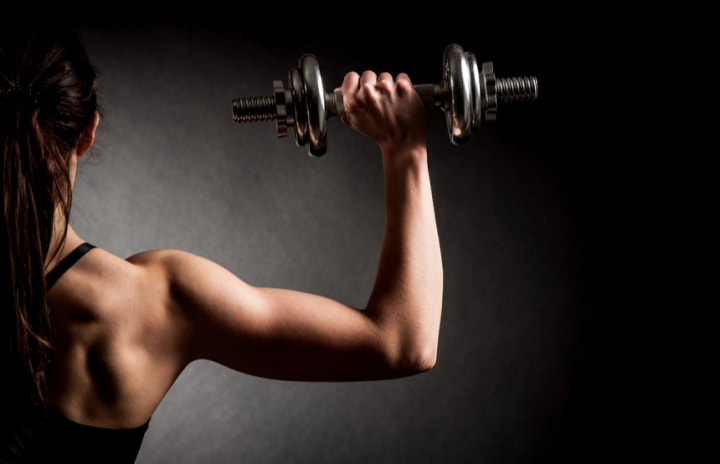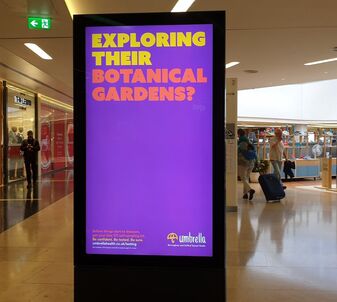|
I conducted creative testing with the Pakistani community across the UK to measure attitudinal and behavioural responses to a NHS booster campaign prior to its launch. Key motivational factors for vaccine booster uptake were that (1) the vaccine was seen as an responsible act of care for one's family and community, (2) equal and authentic representation of genders was crucial, and (3) figurative messaging of 'in our blood' was appealing and persuasive. Other insights informed the campaign design.
1 Comment
Samantha Ford, researcher, explains in a blog post for Big Cat Agency how creative testing revealed the balance of creative and figurative communication to encourage people from the West Midlands to take up cycling (or return to it). The campaign applied multiple behavioural biases and heuristics in its design.
Samantha says: "It is so rewarding to see the culmination of collaborative efforts with Big Cat Agency in our creative testing for West Midlands Cycle. We found that while sometimes simplicity is best, clarity can still be creative. The balanced use of figurative communication in the 'Yes I Wheel' cycling campaign encourages people to take up cycling in the West Midlands region of the UK." Citation: Ford, S. & Littlemore, J. (2022, in print). Exploring the impact of figurative communication and advertising: Reflections on a collaboration between linguistics researchers and a Midlands-based marketing agency. In Communicating Linguistics: Language, Community and Public Engagement. Routledge. Preprint open access via ResearchGate. Abstract:
In this chapter, we talk about our collaboration with Big Cat Agency, a marketing agency based in Birmingham, UK, which we set up to explore the impact and effectiveness of figurative language in advertising. We discuss some of the benefits, opportunities, and challenges we have faced during this collaborative partnership. We include a case study of our work with Big Cat in which we helped them to maximise the effectiveness of figurative double-entendres in a sexual health campaign that they developed for Umbrella Health, a UK National Health Service (NHS) Trust that runs sexual health clinics across Birmingham and Solihull in the UK, and distributes kits which test for sexually transmitted infections (STIs). We use this case study to illustrate some of the outcomes that can be achieved through collaborative partnership with an advertising agency and a healthcare client. The reflections on our experiences may of interest to linguists who are considering working collaboratively with non-linguistic partner organisations or creative practitioners. Abstract:
This paper describes a study conducted in collaboration with a marketing agency and a nonprofit organization (NPO) providing regional sexual health services, which included advice on, and testing for, sexually transmitted infections (STIs). The study investigated the relative effectiveness of different formulations of double entendres on appeal, humor, the likelihood of social media engagement, and intention to seek more information about STIs. Advertisements containing double entendres were significantly more appealing and humorous if: (1) the grammatical formulation did not cue the intended meaning; (2) the double entendre involved a creative metaphorical expression; and (3) the double entendre referred to the middle part of the sexual scenario, referring to action rather than intent or result. Participants’ ratings varied very little according to their age, gender, and education. However, a qualitative investigation of the free-text responses revealed that there was some variation in the types of interpretations that were offered by participants depending on their age, gender, and education. The marketing agency incorporated our findings into their live campaign, which resulted in a notable increase in: (a) website traffic and social media engagement; (b) STI home-testing kits ordered; and (c) STI kits returned for testing, compared with previous campaigns. Citation: Ford, S., Littlemore, J., & Houghton, D. (2021). Got a Spark with Brook? Engaging consumers in a sexual health campaign through the use of creative (metaphorical) double entendres. Metaphor and Symbol. DOI: 10.1080/10926488.2021.1913740. Open access via: https://www.researchgate.net/publication/355046903_Got_a_Spark_with_Brook_Engaging_Consumers_in_a_Sexual_Health_Campaign_through_the_Use_of_Creative_Metaphorical_Double_Entendres
Access the full paper below; also see Publications. "There have been some significant changes across all sectors, none more so than Health, Wellbeing and Fitness. Whilst physical gym brands have experienced considerable revenue loss and reduced capacity, other areas of the sector have seen unprecedented levels of demand. The one thing that’s common is the rapid rate in which consumers are changing their behaviour. This white paper helps to understand these behaviours and offers brands new ways to navigate the changing landscape." - Aaron Wells, Marketing Director, Big Cat Agency The white paper built on a previous study Identifying the behavioural habits of gym-goers to inform an emotional ‘hook’ campaign for boutique gym classes that analysed the attitudes and behaviours of 68 gym-goers and the impact the gym has on their lifestyle (i.e. diet, sleep, and spending), both before and during the national lockdown due to the Coronavirus pandemic. In further research, linguistic and thematic analysis was used to examine the responses of 143 participants and five in-depth interviews (conducted by Big Cat Agency) to establish whether attitudes and behaviours had changed during lockdown and in a post-lockdown society. The white paper brings together the two primary studies and considers secondary research to contextualise these primary findings. Big Cat followed this with interviews with a number of well-known industry players about how they have adapted their businesses through the pandemic. The research revealed that exercise is still an important part of people’s lives. Yet, lockdown has had a considerable impact on people’s lifestyles with regards to their exercise, eating, and sleeping habits. While the experience of lockdown has encouraged some people to improve their diet and spend more time cooking healthy homemade meals, for others it has blurred and broken down the boundaries of the working-living day, resulting in increased snacking and drinking, an increase in anxiety, and a poorer quality of sleep than before lockdown. People’s motivation for returning to the gym after lockdown was more focused on helping them restore their physical health. Despite being aware of the impact of exercise on their mental health during lockdown, few participants were motivated by their need to improve their mental health to return to the gym. The research concludes in 6 take-aways for health and fitness brands, moving forward:
Citation: Significant contribution was made by Samantha Ford regarding the secondary research and analysis of the primary studies. Citation: Wells, A. (2020). Understanding and reacting to changing to consumer behaviour for health and fitness brands. Big Cat Agency. 6th October 2020. Retrieved from: https://www.creativebrief.com/agency/big-cat/insights/understanding-changing-consumer-behaviour-health-fitness-wellbeing. Also open access from: https://www.samantha-ford.com/publications.html.
the impact the gym has on their lifestyle (i.e. diet, sleep, and spending), and their preferences for types of training formats and fitness classes. I used a thematic analysis approach to identify the common concepts, thoughts, and opinions gym-goers had in response to the questions posed. From this analysis, I was able to draw key behavioural practices and emotional reactions to attending the gym and fitness classes. Citation: Ford, S. (2020). Identifying the behavioural habits of gym-goers to inform an emotional 'hook' in advertising. Creative Brief. Retrieved from: https://www.creativebrief.com/agency/big-cat/insights/identifying-behavioural-habits-gym-goers-inform-emotional-hook-advertising. Also open access from: https://www.samantha-ford.com/publications.html.
Watch this video to find out how I worked with Jeannette Littlemore, Paula Perez-Sobrino, and David Houghton, and Big Cat Advertising Agency to effectively implement metaphor into a campaign that talked about sexual health. For more information about the campaign and the EMMA project, click here.
examined whether participant responses varied according to: (a) participant age, gender, sexuality, and ethnicity, and (b) the figurative nature of twelve campaign adverts, in order to establish which figurative factors shape the extent to which consumers report that they find the adverts funny, appealing, and say they would engage with the campaign’s call to action (i.e. to order an STI kit) or its presence on social media. The figurative nature of the adverts varied three-way: (1) the level of conceptual work required to decode the adverts’ meaning; (2) the progression of the sexual conquest narrative (i.e. where in the progression of the sexual act from dating to sexual intercourse was referred to via metaphor); (3) the level of creativity (conventional to novel) in the adverts.
To read the full article, click here. |
Categories
All
Archives
October 2022
|
||||||||||||||||||||
Photos from wuestenigel (CC BY 2.0), wuestenigel
